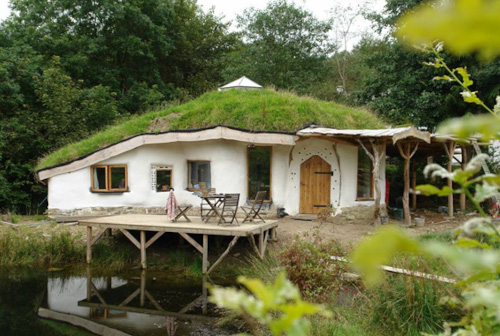Low-Impact Building Methods: Sustainable Construction for a Greener Future
As the world becomes increasingly aware of the impact of human activities on the environment, sustainable construction practices have gained immense popularity. Low-impact building methods offer a solution to reduce the carbon footprint of the construction industry while creating environmentally friendly structures. Here are some innovative techniques:
1. Passive Design
Passive design focuses on maximizing the use of natural resources such as sunlight, wind, and shade to create comfortable living spaces. By strategically placing windows, using thermal insulation, and optimizing the building’s orientation, passive design minimizes the need for artificial heating, cooling, and lighting.
2. Green Roofs
Green roofs, also known as living roofs, involve covering rooftops with vegetation, creating a natural insulation layer. In addition to providing insulation, green roofs absorb rainwater, reduce stormwater runoff, and improve air quality by capturing pollutants. They also provide habitats for birds and insects, promoting biodiversity in urban areas.
3. Earth Construction
Earth construction techniques, such as rammed earth and adobe, utilize locally available soil to create durable and energy-efficient structures. These methods have been used for centuries and offer excellent thermal mass properties, reducing the need for artificial heating and cooling.
4. Timber Framing
Timber framing, a traditional construction method, involves using wooden beams and posts to create the structural framework of a building. Timber is a renewable resource, and its use reduces the carbon footprint associated with traditional concrete and steel construction. Additionally, timber structures can be easily disassembled or recycled at the end of their lifespan.
Conclusion
Low-impact building methods play a crucial role in sustainable construction, helping to minimize the environmental impact of the built environment. By embracing passive design, green roofs, earth construction, and timber framing, we can create buildings that are energy-efficient, environmentally friendly, and aesthetically pleasing. These methods not only reduce carbon emissions but also contribute to the overall well-being of individuals and communities.
